The builders of Levittown
In the hope of a better future for his descendents, a Jewish Rabbi named Lewis fled anti-Semitism in Russia in 1860. Little did he know that his grandchildren Alfred and William (with the help of their father Abraham) were going to revolutionize the world of housing in 1929. Lewis and his wife Nelly Groden raised five kids, with Abraham being youngest. Despite the fact that he did not receive a formal education, Abraham managed to get his law degree in two years and in the process he adopted a different view of the world from his father, particularly with religion. He then married a woman named Pauline A. Bierdman. From their union were born William Jaird on the 11th of February, 1907 and Alfred Stuart on March 12th, 1911. Bill grew up to be a confident and fairly outgoing young man who dreamt of fortune just like his father. Alfred, on the other hand, was more reserved and dedicated most of his time to reading and arts.
Upon his return from his military service, Bill Levitt decided to invest in the house market. Relying on his brother’s artistic skills and his father’s landscaping expertise, they were going to change the image of housing. They bought a potato field in New York and built houses that were destined to young couples. With the newly acquired GI Bill, many veterans were able to invest in a house. They used a system of mass production that consisted of chain work. Every worker was paid by tasks they accomplished and went from house to house to perform their specific duty. For the first time, houses were built in mass production.
The Myers As Pioneers:
For many Americans, the quintessential American Dream was unattainable due to racist public policy. Levittown, Pennsylvania was no exception: its strict code of rules explicitly prohibited tenants from “permitting the premises to be used or occupied by any person other than members of the Caucasian race.” On August 14, 1957, William (Bill) Myers, a World War II veteran, his wife Daisy, and their three children became the first African-American family to move into Levittown. In Levittown, they were
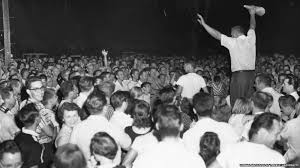 hoping to find the American Dream for their three young children. The Myers family faced immediate and violent backlash from white mobs gathering around their house to oppose to Levittown’s integration. Many of the participants justified their protests by voicing fears of losing property value, although other rioters openly stated their racist intentions. Local police efforts to contain the riots were ineffective at best.
hoping to find the American Dream for their three young children. The Myers family faced immediate and violent backlash from white mobs gathering around their house to oppose to Levittown’s integration. Many of the participants justified their protests by voicing fears of losing property value, although other rioters openly stated their racist intentions. Local police efforts to contain the riots were ineffective at best.
Integration of Levittown and Backlash:

Jet Magazine, July 17 1958
In the summer of 1957, the Myers family moved into their new home- 43 Deepgreen Lane, Levittown, Pennsylvania. The neighborhood was entirely white until
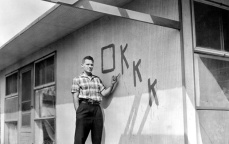
George D. McDowell Philadelphia Evening Bulletin Photographs
the addition of the Myers family. Integration, however, was not met without a fight. The Myers faced intense discrimination as mobs gathered outside their house and defaced their property. Rocks were thrown through the windows, crosses were burned in the lawn, and the Myers and their allies within the community received threats.
Police struggled to contain the protests. Protesters resented the police, who they felt were infringing on their basic American rights of freedom of speech and freedom of assembly. These protesters failed to grant basic the same basic American freedoms to the Myers family, who were simply trying to live in a nice family house. While some protesters
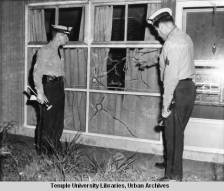
George D. McDowell Philadelphia Evening Bulletin Photographs
claimed they were only motivated by their property values, others openly flauted their racist beliefs. Tensions escalated further when the neighboring house was put up for sale, and bought by the racist community members. They would host parties, fly the confederate flag, and harass the Myers throughout the night as an attempt to get the Myers to leave their neighborhood.
Two Unlikely Heroes
The allyship of two distinct and unexpected groups.
Quakers in Alliance with the Myers Family
Quakers have been a mainstay in first the province of and then the state of Pennsylvania…
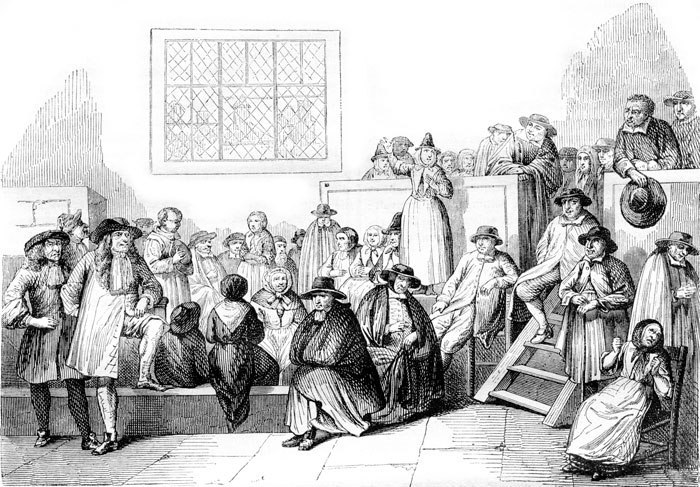
…ever since they arrived in hopes of escaping religious persecution in 1681. Known for their belief that on a spiritual level all people have a basic, intrinsic equality, and for their tolerance of those who ascribed to differing religions, it is no surprise that they assisted in the abolishment of slavery and the deconstruction of racial difference.
This ideology has rung true to the present day, and was tested in the mid-20th century following the Second World War and, an event of additional importance, the founding and construction of Levittown, PA. It was in the fall of 1957, seven years after Levittown’s founding, that a Levittown resident by the name of Irving Mandel sold his home to the family of Daisy and Bill Myers, a sale which sparked a wave of racial tension throughout a predominantly white suburban society. This racial tension resonated in most families that inhabited Levittown. Most, but not all.
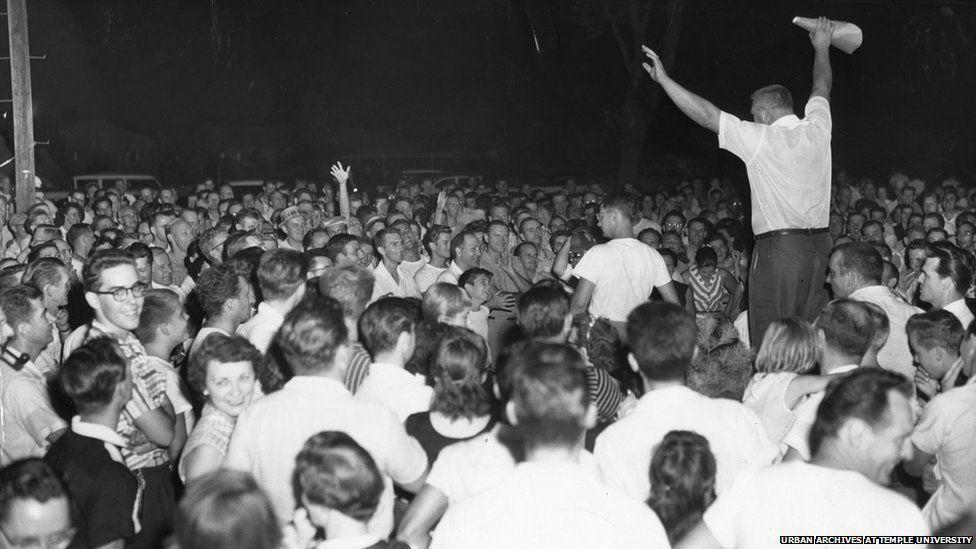
Enter the Weschler family, the next door neighbors of the Myer’s, who were both Jewish and had a past which included a formation of ideals associated with communism. The Weschler’s were partially responsible for the Myer’s move into Levittown and, along with a quarter of the Myer’s other neighbors, were accepting of the newfound diversity within the neighborhood. Support from outside the neighborhood was also present, in the form of friends of the Weschler’s, Quaker families that lived in the neighboring town of Fallsington, most of whom were treated as bad if not worse than the Myer’s by the mob of Levittown residents.
“Wechsler said he had Quaker friends who lived in Fallsington, several miles away, who were outspoken in their belief that the Myerses had a right to live there, and that a cross was burned on the Quaker family’s lawn with bullets embedded in it, which exploded in the flames.” (Baltimore Sun)
This treatment was not only directed at Quakers. “‘A youngster came with flowers for Mrs. Myers, and a cross was burned on her lawn. A salesman was suspected of selling her a car, and a cross was burned on his lawn,’ [Weschler] said.”
A final example of the mobs mistreatment of Quakers during this period of time comes from the experiences of one Samuel Snipes. Snipes was a Quaker lawyer who had previously worked in Germany for the United Nations where he assisted in the relocation of refugees following the Second World War. In 1957 Snipes was the Myer’s lawyer and, in his obituary, released in January of 2019 by the Washington Post, he describes the actions taken against him in response to his relations with the Myer’s.

“‘[Snipes] was trying to ward them off, and [the mob] started throwing lit cigarette butts at him, and one hit him in the chest,’ David Kushner said.
Mr. Snipes, in an interview with the Associated Press in 1999, recalled standing outside the home as a crowd of several hundred called him a betrayer of white people. He said the mob chanted, ‘Thirty pieces of silver, thirty pieces of silver,’ a reference to the amount Judas Iscariot was supposedly paid to betray Jesus.” (Washington Post)
Steel Workers
The United Steelworkers Union newspaper urged workers to “not participate in any un American acts of bigotry”
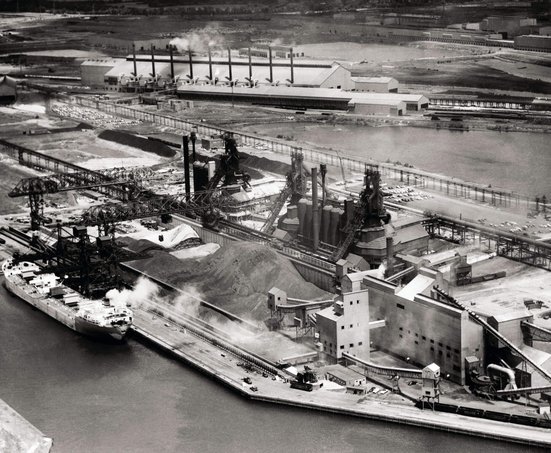
In 1952, U.S. Steel opened the Fairless mill, providing 10,000 jobs at its peak and an added draw for Philadelphians eager to leave the city (as well as for suddenly jobless coal miners from central Pennsylvania). It was the twelfth largest in the country and second largest on the east coast. Levittown, PA was constructed with steelworkers and veterans in mind. A large population of Levittown’s households has members who were steelworkers at Fairless mill, or U.S. veterans. Steelworkers were an important aspect of the town in both the construction of the town as well as the population of the town. During the Levittown riots, the United Steelworkers Union newspaper urged workers to “not participate in any un American acts of bigotry” (Kushner)
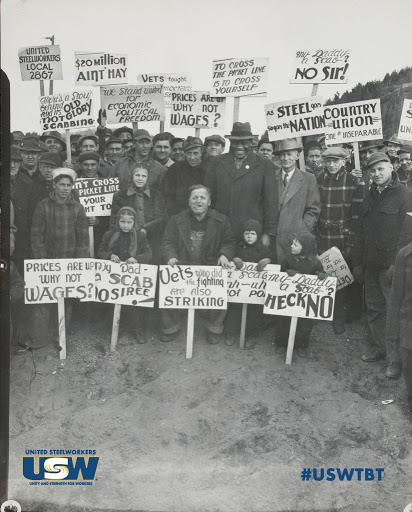
Much of the damage to inflation in the American economy in the years leading up to 1958 is primarily due to the drastically high steel prices and steel wages. From 1947 to 1958, steel mill product prices rose 120%, and the wage rates (employment costs per ton of steel) also rose 85%. Export prices rose, as well, from 1953-1958 by 20% more than the export prices of many principal foreign competitors, which caused the American share of world exports of metals like iron and steel to fall between 19% and 14%. Unemployment was persistent during this time, and those who were employed suffered drastic wage drops. The wage crisis was so bad that in 1952 the United Steelworkers assembled a strike against US Steel and nine other steelwork makers. On top of this, the entry of racial minorities into a community, such as that of Levittown, resulted in a drop in property values. The insecurity of money at the time is at the root, along with the social quo of the time, of the fueling of racial tension and blatant racism at the time. One neighbor of the Myers family is quoted saying, “He’s [William Myers] probably a nice guy, but every time I look at him I see $2,000 drop off the value of my house.”
